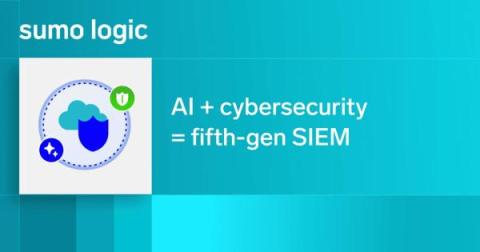Simplifying Identity Management: The Power of Identity Federation
Managing identities across multiple applications has become increasingly complex for businesses of all sizes. This complexity intensifies as organizations expand, underscoring the critical need for efficient identity management solutions. BoxyHQ's Identity Federation Proxy rises to this challenge by offering a robust solution that streamlines user identity management across all customer-facing applications, irrespective of their diverse configurations or Identity Provider (IdP) protocols.









